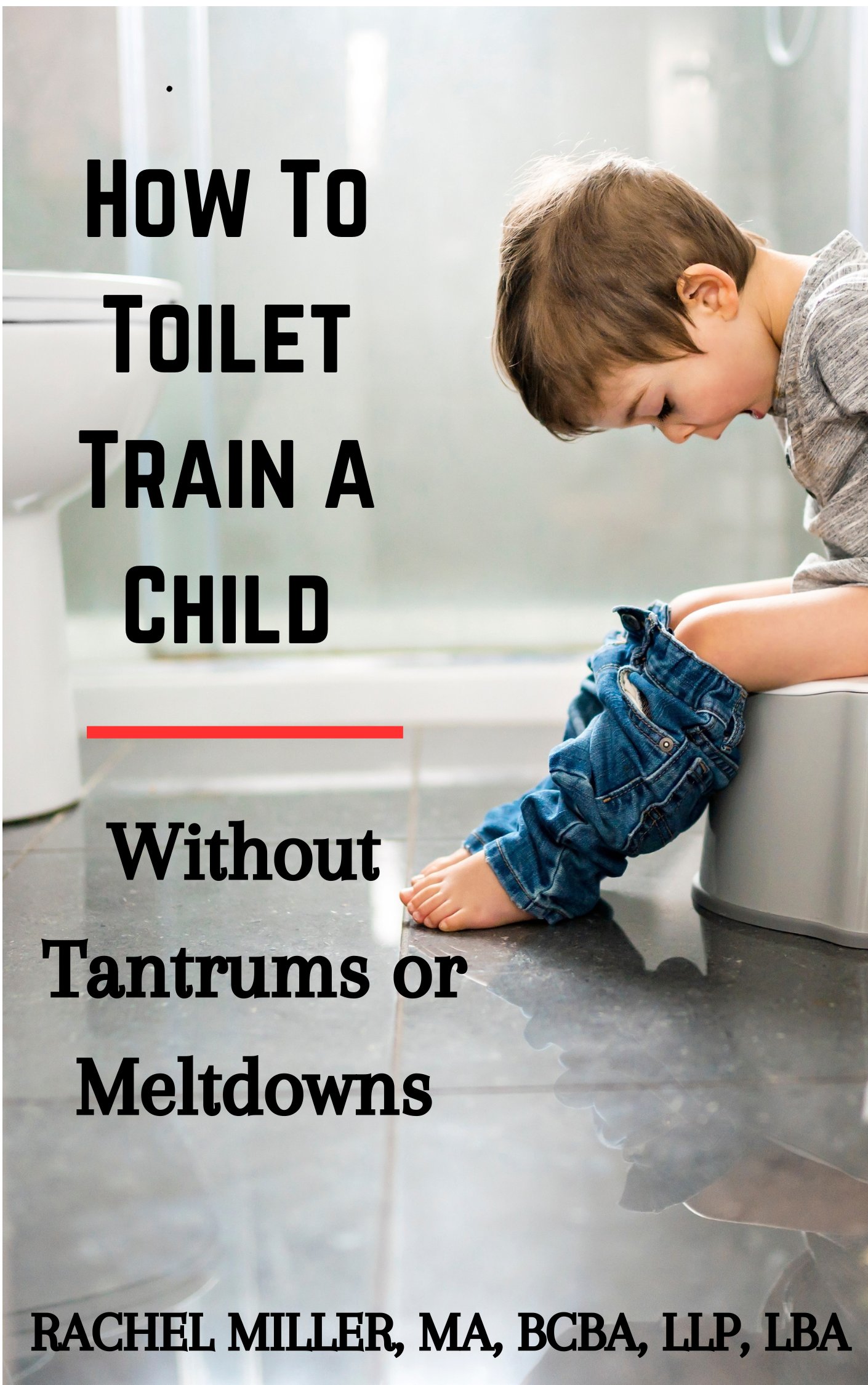ADHD in Toddlers:
Signs, Challenges, and Helpful Strategies

When parents first notice signs of hyperactivity, impulsive behavior, or difficulty paying attention in their young children, they often wonder if it could be ADHD in toddlers. This is a common concern, especially since toddlers are naturally full of energy, curiosity, and sometimes unpredictable emotions. Understanding what behaviors are developmentally normal versus what may indicate something more can help parents feel more confident and prepared.
In this article, we will cover how to recognize potential signs of ADHD in toddlers, explore other possible explanations such as speech or sensory challenges, and share practical tips to support your child’s growth and well-being
What Is ADHD in Toddlers?
ADHD, or attention deficit hyperactivity disorder, is a neurodevelopmental condition that affects focus, attention, and self-control. While it is most commonly diagnosed in school-aged children, many parents worry about whether their toddler’s behavior—such as frequent tantrums, biting, or constant movement—could be an early sign.
It’s important to remember that diagnosing ADHD in toddlers under the age of 4 is not very common. This is because many of the behaviors associated with ADHD, like being restless or easily distracted, are also normal parts of toddler development. However, understanding what to watch for can help you support your child in healthy ways.
Signs That May Look Like ADHD in Toddlers

Many toddlers go through stages where they:
- Struggle to follow directions.
- Have meltdowns or temper tantrums.
- Show selective attention or poor listening skills.
- Bite, hit, or display other challenging behaviors.
These behaviors can sometimes look like ADHD in toddlers, but they may also be influenced by other factors such as:
- Speech and language development – If a toddler doesn’t fully understand instructions or lacks the vocabulary to express themselves, frustration can lead to “acting out.”
- Sleep difficulties – Lack of quality sleep can cause hyperactivity, irritability, and poor self-regulation.
- Sensory processing issues – Children with sensory processing disorder may crave constant stimulation, which can mimic symptoms of ADHD.
The Role of Sleep in ADHD-Like Symptoms
One of the most overlooked factors in toddler behavior is sleep. Toddler sleep problems can cause significant hyperactivity, impulsivity, and mood swings.
When a child is sleep-deprived, the body releases cortisol, the stress hormone, which creates a “wired” state—sometimes called a second wind. This makes it even harder for toddlers to fall asleep, creating a cycle of exhaustion and overstimulation.
Establishing consistent bedtime routines through the use of a bedtime chart, keeping bedtime between 6:30 and 8:00 pm, and ensuring naps are age-appropriate can dramatically reduce symptoms that may look like ADHD in toddlers.
Toddler Speech Development and Attention
Language milestones play a big role in whether toddlers seem distracted or noncompliant. For example:
- By 12–18 months, toddlers may use around 20 words.
- By 24 months, they often understand about 200 words.
- Between ages 2–3, vocabulary expands to 300+ spoken words and up to 900 understood words.
Boys, on average, may start speaking later than girls, which can sometimes make it look like they are ignoring instructions when, in reality, they simply don’t understand.
Imagine being in a foreign country with limited language skills—it’s overwhelming to process rapid speech, so you may tune out. Toddlers often do the same. This is why delayed speech can mimic ADHD in toddlers.
Sensory Processing vs. ADHD in Toddlers

Another important consideration is sensory processing disorder (SPD). A subtype known as sensory seeking can look very similar to ADHD in toddlers. These children constantly crave movement, textures, or sounds, and may run in circles, crash into things, or have difficulty sitting still.
The difference is that ADHD is a neurological condition affecting focus and impulse control, while SPD is related to how the brain processes sensory input. The treatments are also different. For example, occupational therapy techniques like brushing, listening therapy, or a sensory diet can be very effective for sensory issues.
Personal Experience: Finding the Right Support
I once thought my oldest son would be diagnosed with ADHD because of his nonstop energy. He was constantly running, bouncing, and unable to sit still. But after speaking with an occupational therapist, we discovered his challenges were rooted in sensory seeking behavior rather than ADHD.
With the right sensory therapies, such as brushing, implementing a program with integrated listening systems and structured sensory activities, his behavior improved dramatically without the need for medication. This taught me that before assuming ADHD in toddlers, it’s crucial to explore other possibilities. Now my son is an adult and although he may need extra support with some executive functioning skills, he is medication free and doing well.
Practical Tips to Support Toddlers with ADHD-Like Symptoms
Whether or not your child has ADHD, the following strategies can help manage challenging behaviors and promote healthy development:
- Use simple, short sentences. Toddlers respond best to clear, concise instructions.
- Prioritize nutrition. A balanced diet with limited sugar and processed foods supports better mood and behavior.
- Stick to routines. Predictable schedules help toddlers feel secure and reduce meltdowns. Picture schedules can be especially helpful.
- Focus on sleep. Consistent sleep and nap routines are critical for behavior regulation. If you're struggling to get your toddler to sleep in their own bed, check out this video to help encourage a Brave Bedtime.
- Expect tantrums. Temper tantrums are a normal part of toddlerhood and do not automatically indicate ADHD.
- Encourage active play. Physical activity helps toddlers release energy in positive ways.
When to Seek Professional Advice
If your toddler’s behavior feels extreme, persistent, or interferes with daily life, it may be worth discussing concerns with your pediatrician. While diagnosing ADHD in toddlers is rare, early intervention for speech delays, sleep issues, or sensory challenges can make a big difference.
Most experts agree that it becomes easier to distinguish typical toddler behavior from true ADHD symptoms around ages 4–5. Until then, focus on creating supportive routines, healthy habits, and positive reinforcement.
Final Thoughts
Raising toddlers can be overwhelming, especially when behaviors like tantrums, biting, or hyperactivity raise concerns about ADHD. While it is possible to see symptoms of ADHD in toddlers, these behaviors are often tied to sleep, language development, or sensory processing challenges.
By addressing these underlying factors and using supportive strategies, parents can help their toddlers thrive—whether the behaviors are temporary or part of a longer-term diagnosis.
More Helpful Resources:
- How to Deal with Toddler Biting
- How to Deal with Toddler Hitting
- Discipline Methods for Young Children
- Time Out for Toddlers
If you haven't already, be sure to check out my ebooks, now on Amazon!
References
Baby Center. Toddler Milestone:Talking. www.babycenter.com. 3-15-10.

